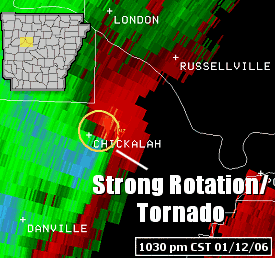With that in mind, I'd like to share a bit of my process.
For the last 2 years, I've been working exclusively with the encaustic process. I create what is called wax medium by melting beeswax and adding damar crystals - a natrual resin that damar varnish is made from. The resin raises the melting temperature of the wax and makes it a little more durable.
I will often use the medium without adding any pigment, brushing it over collage elements and then working back into the wax - scraping, scratching, adding oil paint, oil pastel, more collage with tissue paper, objects, etc.
But sometimes I will create what is called encaustic paint. You can buy encaustic paint in hundreds of colors, but I like to create my own by adding oil paint. This method is usually not as opaque and bright as the prepared paints, but I prefer more transparency, so it works for me. Oh, and I'm also really cheap - the encaustic paints are a little pricey. :-)
 Here's a photo of my studio. Note the fan in the window - this helps to draw out harmful fumes from the wax. It's a bit ghetto - just a bathroom exhaust fan in a piece of scrap wood - but it works.
Here's a photo of my studio. Note the fan in the window - this helps to draw out harmful fumes from the wax. It's a bit ghetto - just a bathroom exhaust fan in a piece of scrap wood - but it works.I melt my wax in electric skillets and mix paint into small tins that I keep hot on a pancake griddle.
 I use a heat gun (that scary hair-dryer-looking thing) to fuse the wax to the surface and to each layer of wax that I add.
I use a heat gun (that scary hair-dryer-looking thing) to fuse the wax to the surface and to each layer of wax that I add.I normally start with a prepared board - I love the Ampersand "Cradled Hardbord" boards, but sometimes I can't find a good price. I will often buy the "Gessobord" boards and cover them with paper in order to make them compatible with encaustic (wax has to have something absorbent to adhere to, so it's not recommended that you apply encaustic over acrylic, glass, plastic, metal, etc. - although you see people doing it all the time).
 So this is a Gessobord with paper glued onto the gessoed surface. I use Yes glue, which is a great glue for collage. I put something heavy on it and let it sit over night. I drew some state border lines with oil pastel - you can't really see it in this photo...
So this is a Gessobord with paper glued onto the gessoed surface. I use Yes glue, which is a great glue for collage. I put something heavy on it and let it sit over night. I drew some state border lines with oil pastel - you can't really see it in this photo... I then painted on some tinted encaustic paint and then fused it with the heat gun. I was going for a bit of a blended look, much like the colors on the weather radar.
I then painted on some tinted encaustic paint and then fused it with the heat gun. I was going for a bit of a blended look, much like the colors on the weather radar. I then scribed some circular shapes into the wax surface.
I then scribed some circular shapes into the wax surface. The detail shows the circles...
The detail shows the circles...The finished piece - I rubbed oil pastel into the lines of the circles.
I was influenced by the weather radar when a big storm was blowing through the Dallas area. I was intrigued by the circles that kind of pulsated, indicating rotation in the storm (and a possible tornado). I don't know if that's a new development in radar technology, but I had never noticed it before.
 So while my son and I were cowering in the hallway, listening to KNTU, I was thinking about this painting. Well, mostly I was saying, "No, there's probably not a tornado. They're just being safe..." But in the back of my mind...
So while my son and I were cowering in the hallway, listening to KNTU, I was thinking about this painting. Well, mostly I was saying, "No, there's probably not a tornado. They're just being safe..." But in the back of my mind...
